For more than two thousand years, the Maya community have lived in the Guatemalan Highlands, some 12 hours from the capital and a thousand feet in the sky, thriving off the rich agriculture of high valleys sheltered by mountains and volcanoes. Juan Brenner has spent the last six years photographing Indigenous teens coming of age in the mountains of El Altiplano, documenting how they embrace their traditions, beliefs and surroundings, as well as trends from social media. Genesis is his way of capturing a disappearing culture, not in a sad and nostalgic way, but as the natural progression of human nature. “I shot the Guatemalan Highlands as they’ve never been seen before,” the Guatemala City-based photographer says. “I’m trying to glorify this brown skin, I’m trying to document how cool these kids are and how interesting their environment is.”
“There’s this huge conversation about how Indigenous people are losing their traditions but they’re just globalising,” he adds. “These kids have TikTok, one of the girls has 150,000 followers. They’re so swaggy and stylish because they have smartphones.” Just like teens all over the world, they’re figuring out their identities: looking to celebrities and fashion sites for inspiration, taking advantage of Guatemala’s thriving second-hand clothes industry while celebrating their Indigenous heritage.

In the images, Mayan girls tuck their mobile phones into the belts of tattered traditional dresses, likely passed down from their grandmothers; a young boy wears cargo pants and a Los Angeles Raiders sweatshirt. A family of bodybuilders pose for the camera, their adidas bum bags on show, and a group of metalheads headbang their long locks. And in one of Juan’s favourites, a girl in Mayan dress shows off jewelled fake nails. There’s this “hybrid situation going on,” he says, “in the middle of nowhere there’s a bunch of kids on a Mayan ruin.”
One girl wears a teddy bear shirt, “that’s so Chloe,” says Juan, her Rolling Stones socks poking out from a pair of vintage black jeans. But 15 minutes before she was in her traditional attire, he says, straddling the line between old and new. The boys have designs shaved into their thick black hair and drip with jewellery, their smartphones never too far away. In some stills, Juan captures the dichotomy: chickens running around by beer cans and liquor bottles, cowboy belts and gold necklaces that look like they’ve come from Texas, and shops selling trainers with a plastic Jesus icon at their centre — a nod to the country’s evangelicalism.
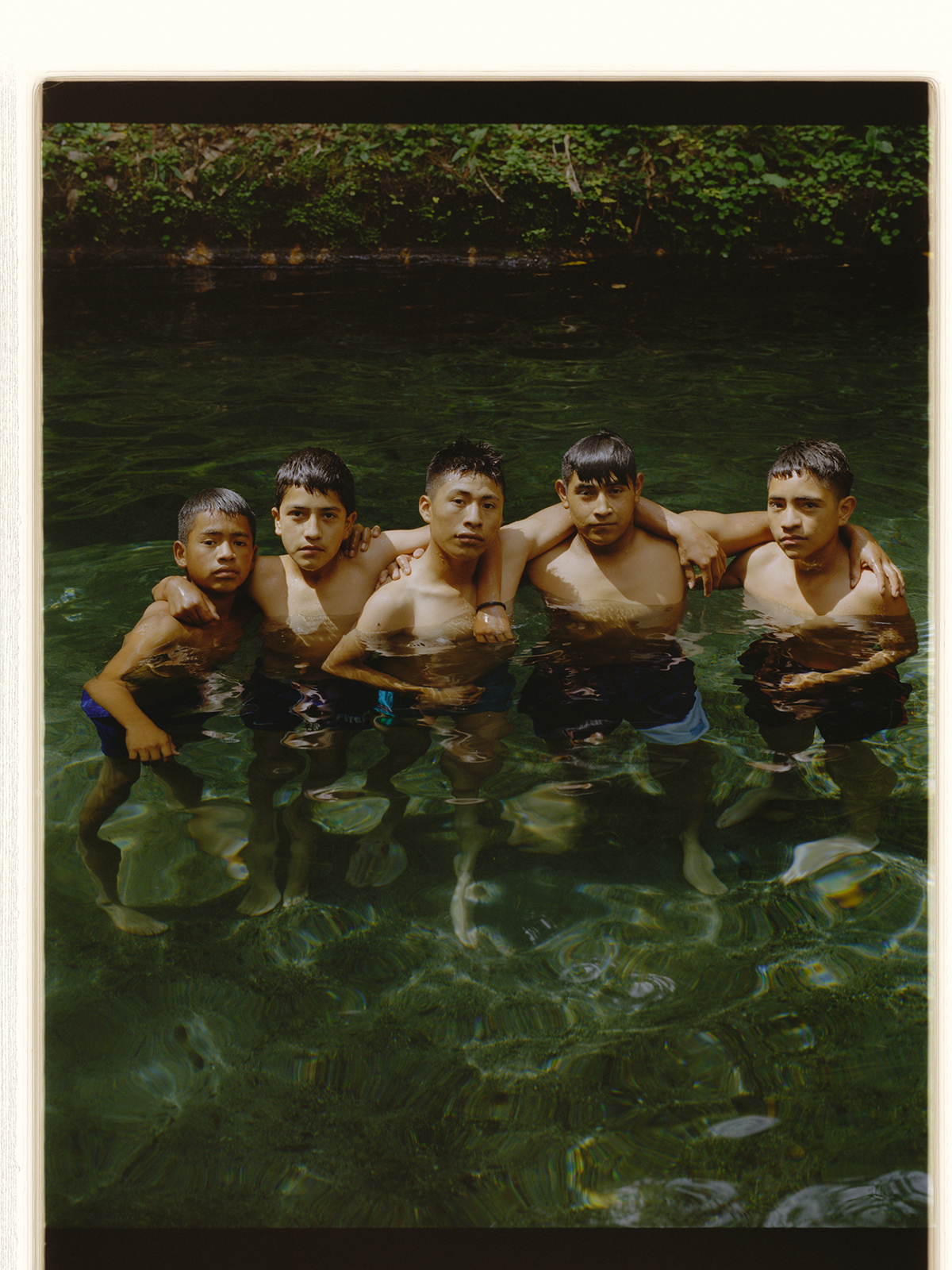
In the land Juan photographs between Sierra Madre de Chiapas in the south and the Petén lowlands to the north, 23 different tribal languages are spoken that date back thousands of years. But over that time, their traditions have been challenged: by the Spanish conquistadors who forcefully converted and silenced them, and later in a 36-year-civil war from 1960 to 1996 that displaced a million people and killed more than 200,000, including in more than 600 massacres that targeted the Mayan people.
War was brutal in the Highlands where land was most violently disputed. A wealthy, white elite that included America’s United Fruit Company, who owned much of the land, fought with the rural Indigenous poor. It began when the democratically elected president, Juan Jacobo Árbenz Guzmán, proposed a series of agricultural reforms that would give Indigenous people back their rights. The American multinational corporation, which traded in bananas grown on Latin American plantations and sold in the United States and Europe, would bear the brunt of these reforms. In 1954, the CIA replaced the socialist president and gave power to the military dictator Carlos Castillo Armas, who is accused of committing genocide against the Indigenous population.
Juan, who was born during the war, says that everyone in Guatemala knows someone that died or disappeared. “I was privileged. I had a bubble so I didn’t suffer the war as other people did,” he says, “I was very interested in fashion, but I didn’t know what that was. I was listening to a lot of hip hop and punk, I was growing up not caring about war – I just wanted to party, dress nice and hook up with girls. I wanted to be an artist but I didn’t know how. I had Latin MTV, that was a huge part of our coming of age here in Guatemala.”
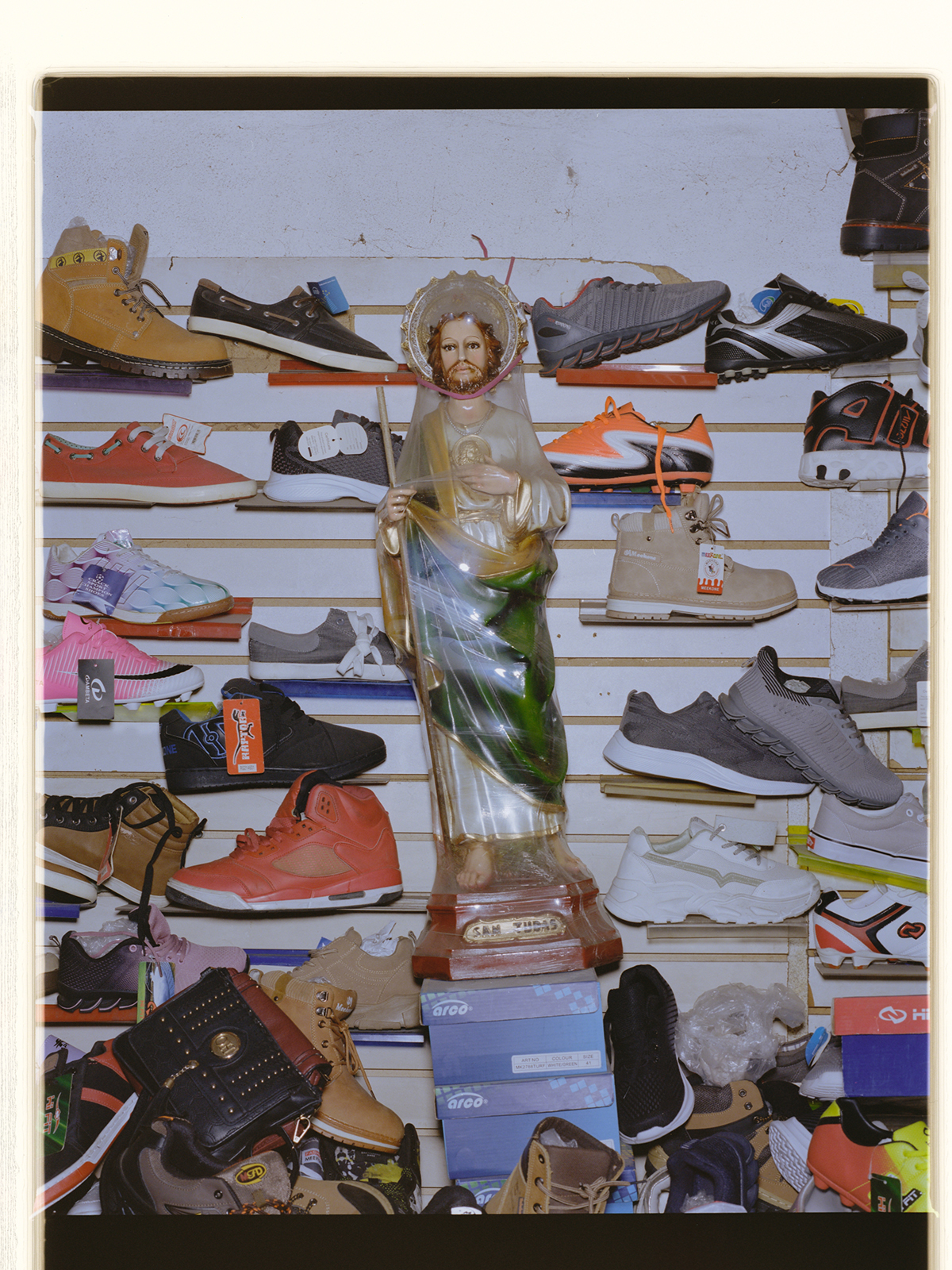
But the impact of the war on the country has been huge. “We’re stuck in time,” he says, “like 20 or 30 years behind on a lot of things, especially when it comes to Indigenous rights. We’ve never had a ‘reforma agraria’ [land reform],” although Ecuador, Peru and Bolivia have. It was travelling to these countries with his work as a graphic designer that Juan first experienced Indigenous power and decided he wanted to explore it in his home country.
Juan’s photographs encapsulate the punk, revolutionary spirit of the first generation not to have lived through the war. Unlike their parents, they’re free to focus on superficial things: technology, fashion, music and trying to learn English to communicate with family and friends in America. Around 10% of Guatemala’s population now lives in the US, with donations from immigrants in the States constituting the country’s largest income, “more than sugar and bananas now,” says Juan. “They’re sending clothes, telephones, skateboards, TVs,” he says. “They’re filling up the country with technology.”

Juan sees a lot of his teenage self in the youth he photographs: “Twenty years ago I felt weird and so I wanted change, I wanted to search for different things. I didn’t have the internet so I left my country and moved to New York and became a fashion photographer. But at a point, I was lost and I didn’t know where to go because my ideas were not aligned with my mentality,” Juan says. “These kids are the weird ones. It’s weird for people that have had the same traditions for 200 years [to accept something new].”
“The new thing is coming, the genesis,” says Juan, who plans to publish an archive of the Guatemalan Highlands and the people who live there later this year: “I’m documenting the start of something.” As a Latin American photographer he hopes to shift some of the stigma associated with where he’s from, he says, “the poverty, sex, porn and misery,” he says. Photography that’s all about drugs, local gangs and violence. He’s leaning into his experience, and wants readers to grab the book and not feel as though they can finish it because it’s so heavy. “That’s the Highlands,” he says, “when you get there your mind is blown.”
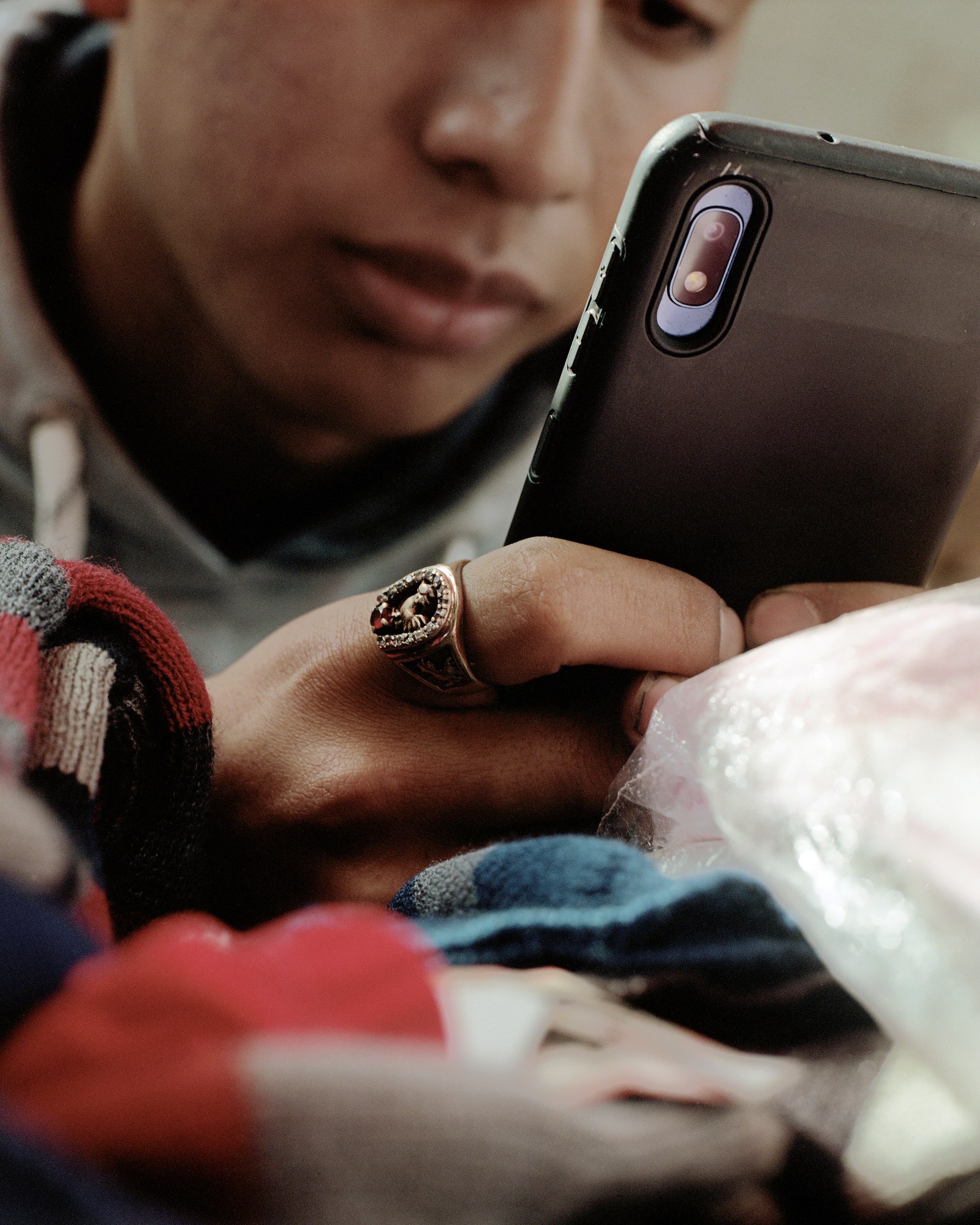
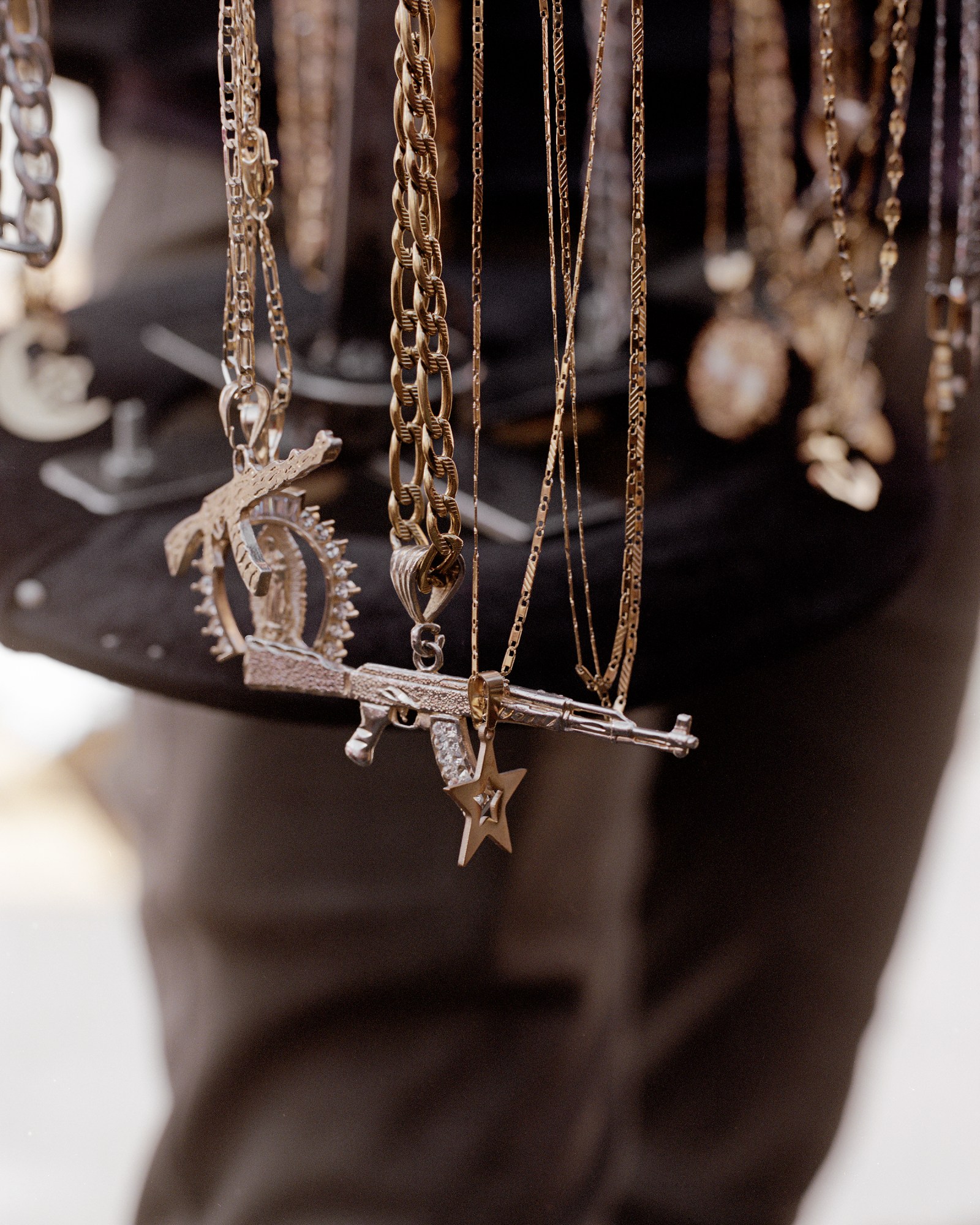
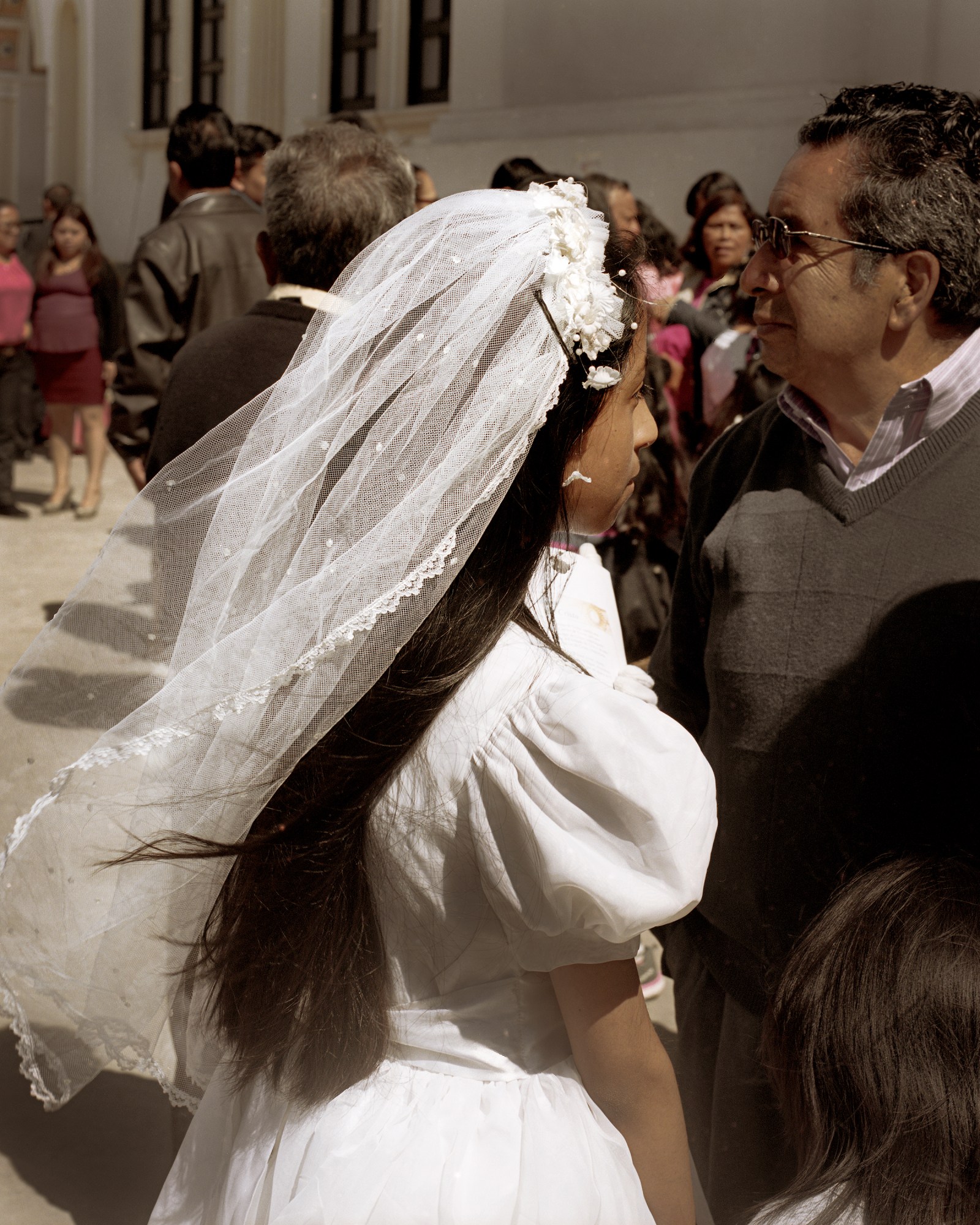

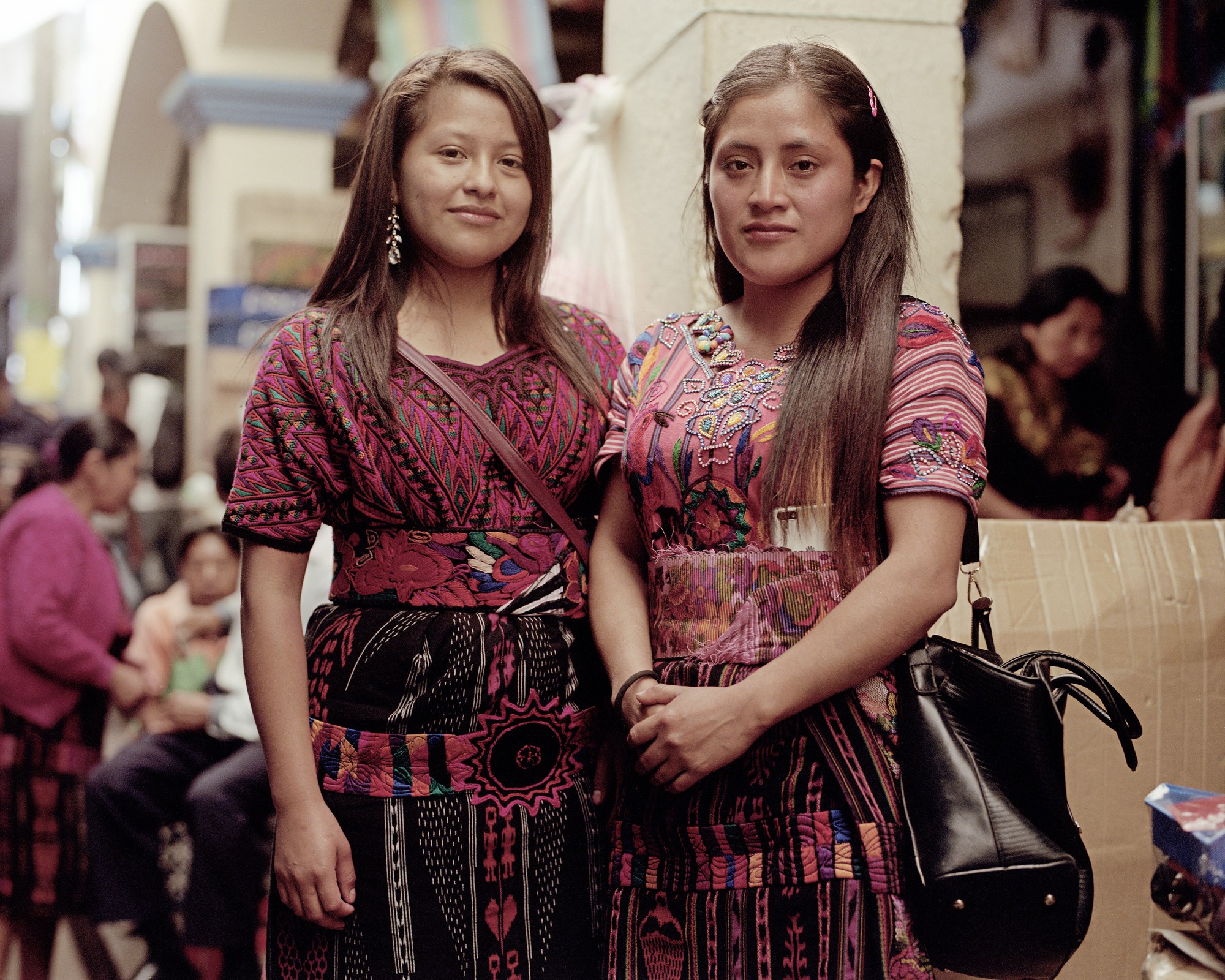


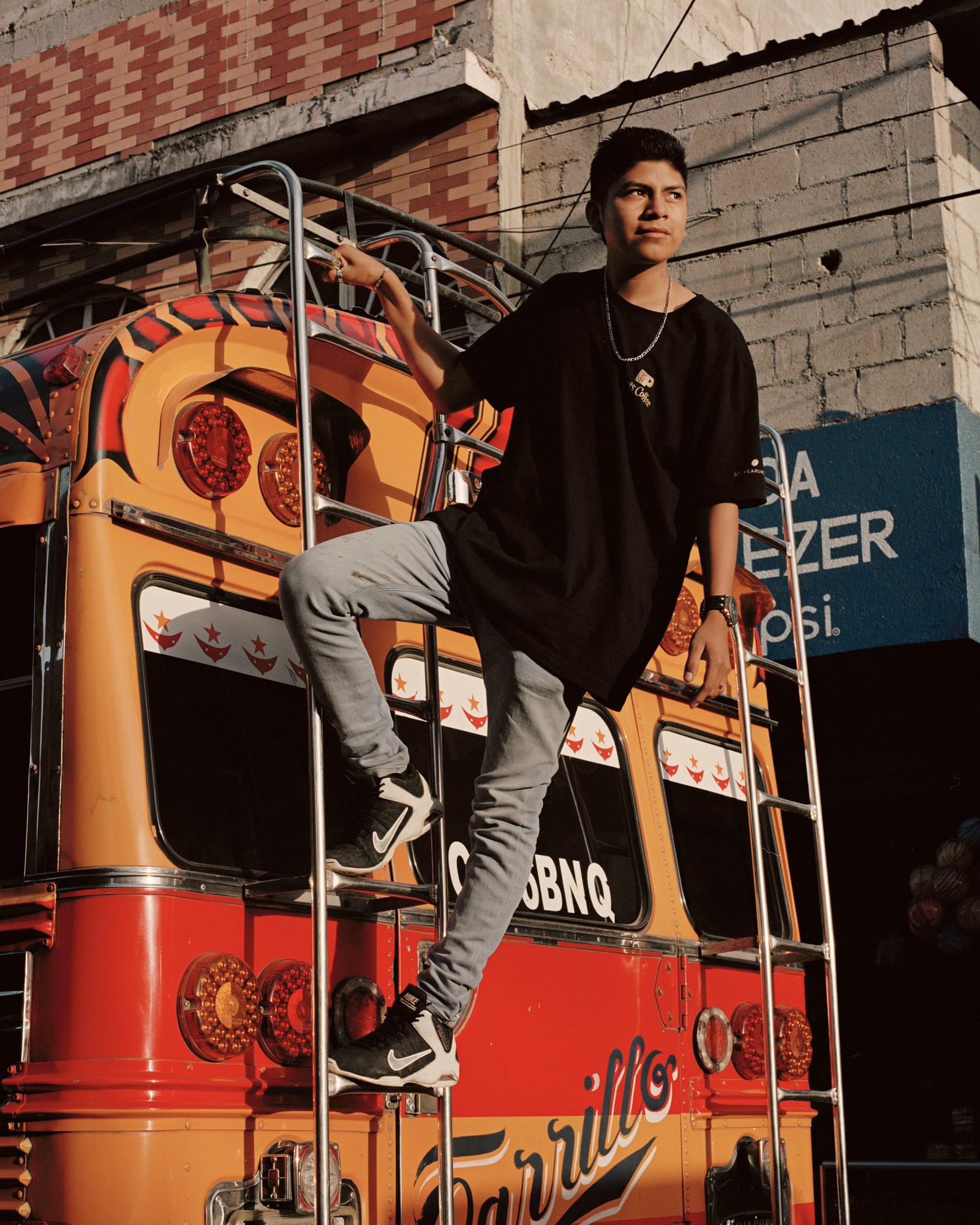
Credits
Images courtesy of the artist.

